The 1970s were a time of culinary curiosity and cavalier eating habits. People embraced convenience foods, quirky combinations, and neon-colored concoctions that would make today’s health-conscious eaters cringe.
It was an era when the boundaries of what constituted a meal were as wobbly as the aspics that graced dinner tables. While nostalgia paints these foods in a humorous light, modern regulations and a better understanding of nutrition have changed the way we eat.
Let’s explore 15 peculiar items from the ’70s that, due to safety and health concerns, would likely be banned today.
1. Aspic (Meat Jell-O)
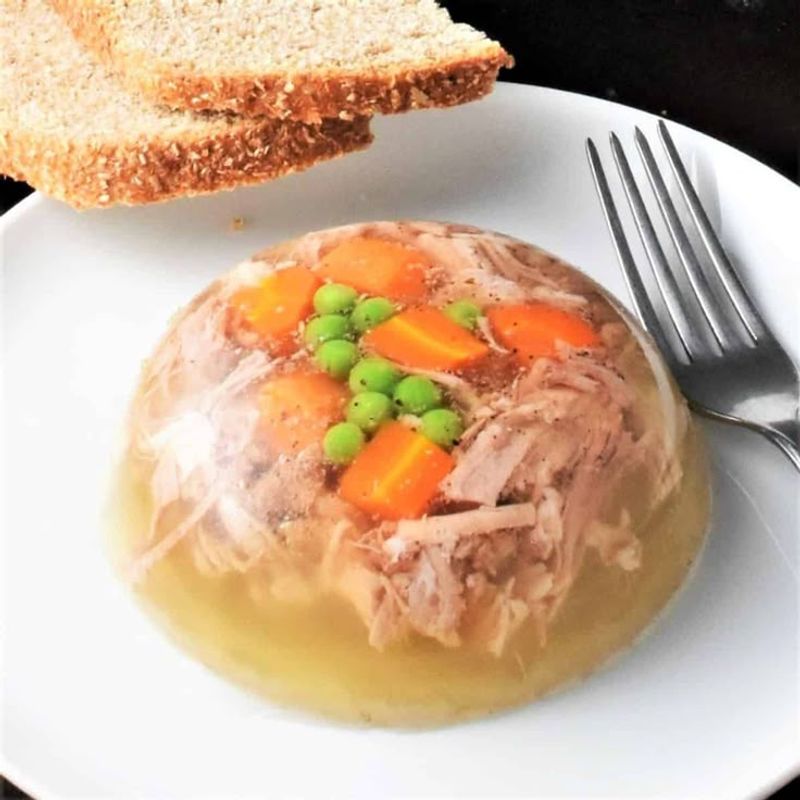
Aspic, or Meat Jell-O, was once the star of dinner parties, though not everyone was thrilled about it. Imagine beef stew encased in gelatin, wobbling on a plate. It was considered fancy, yet its popularity waned as people realized the texture wasn’t for everyone.
Today, food safety experts would likely raise eyebrows at the idea of meat suspended in gelatin being served as a delicacy. It may have looked artistic, but it certainly wasn’t appetizing for most. The combination of savory meat and jelly-like texture makes it a peculiar relic of culinary history.
2. Tang-Flavored Everything
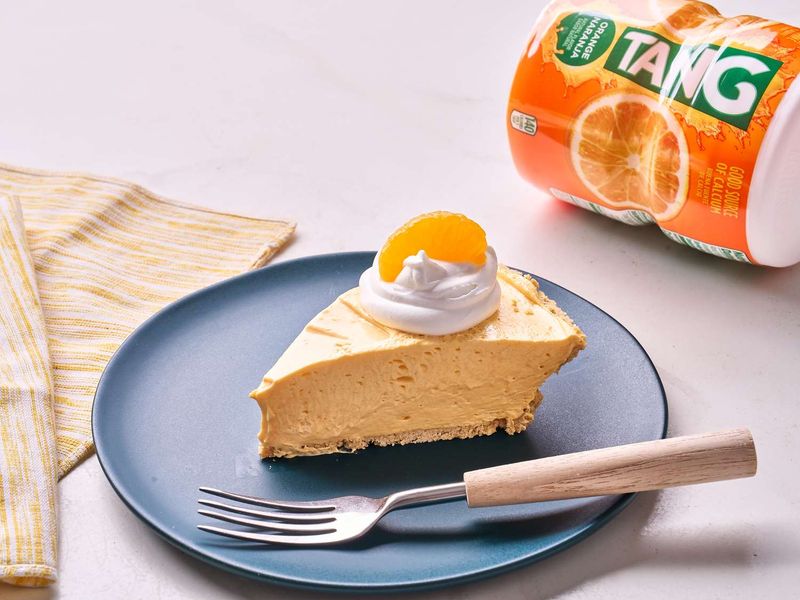
The ’70s were ablaze with the tangy zest of Tang-flavored treats. Originally popularized by NASA, this powdered orange drink found its way into cakes, frostings, and even marinades. It brought a certain vibrant hue and artificial zest to foods that was unmistakably of the era.
Packed with sugar and artificial coloring, Tang’s appeal was part novelty and part convenience. Today, these artificial additives are scrutinized, making Tang-flavored everything seem like a colorful memory that modern health standards would quickly flag. It’s a reminder of how far we’ve come in understanding dietary impacts.
3. Cigarette Candy
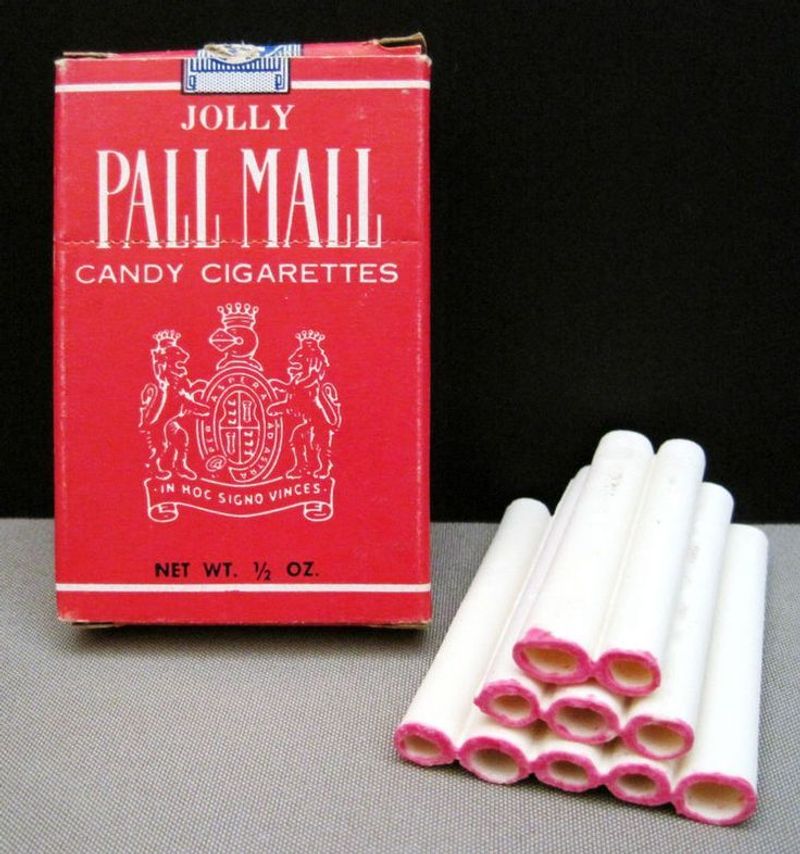
Cigarette candy was a controversial treat even in its heyday. These little sugar sticks, designed to mimic cigarettes, came in small cartons, with some even producing sugary ‘smoke.’ Marketed to kids, they were seen as playful, albeit with a hint of rebellion.
Now, such a product would spark outrage for seemingly encouraging smoking habits, especially among children. The blend of innocence and imitation makes cigarette candy both fascinating and unsettling to modern eyes. Current marketing regulations would deem such products inappropriate, reflecting a significant shift in societal norms and health awareness.
4. Lard-Based Everything
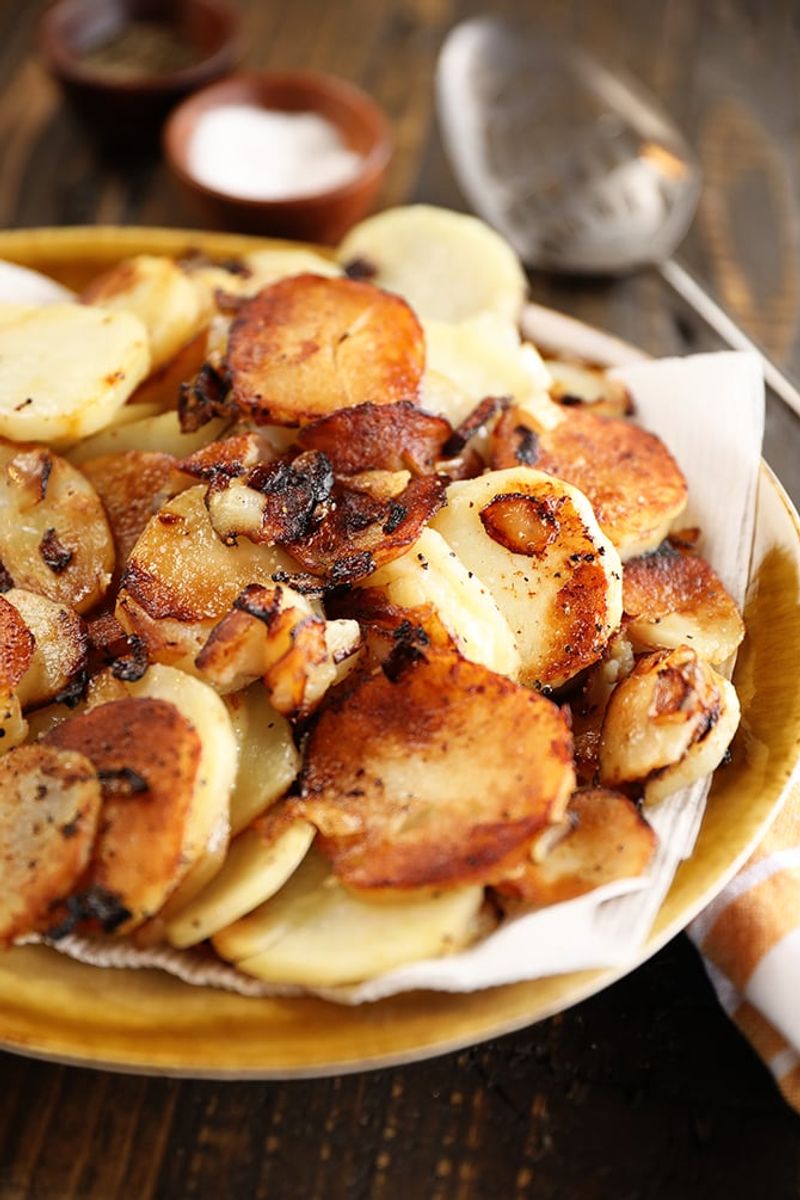
Before butter took the culinary crown, lard was the secret ingredient for many a dish in the ’70s. It was hailed for making pie crusts flaky and fried chicken extra crispy. However, its high saturated fat content eventually linked it to heart disease.
The rise of health-conscious eating has seen lard replaced with alternatives perceived as healthier. Today, such heavy reliance on lard would be discouraged due to its impact on heart health. The shift away from lard-based cooking reflects broader changes in dietary guidelines and public health awareness.
5. TV Dinners with Aluminum Trays

TV dinners were the epitome of convenience in the ’70s. Packaged in aluminum trays, they offered a quick meal solution, albeit with questionable nutritional value. These dinners, often high in sodium and preservatives, were a staple for busy families and bachelors alike.
Nowadays, the reliance on preservatives and high sodium content would be scrutinized, as would the environmental concerns over aluminum packaging. The evolution of frozen meals towards healthier options marks a significant shift from these iconic, yet nutritionally dubious, ’70s staples.
6. Colored Popcorn Balls

Colored popcorn balls were a festive treat, especially during the holidays. Held together with corn syrup and dyed with vibrant colors, they were as much a visual delight as they were a sugary treat. However, today’s standards on additives and artificial colorings would likely frown upon such concoctions.
The bright dyes used to achieve those colors have been scrutinized for potential health impacts. While they bring back memories of childhood gaiety, modern health guidelines would likely prevent their production in such a vivid form.
7. Gelatin Salads with Savory Fillings
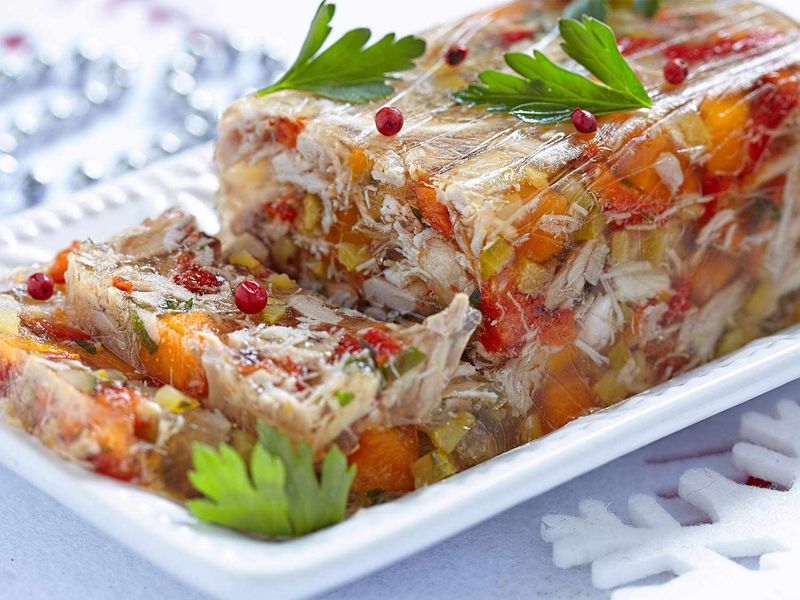
Gelatin salads were a culinary quirk of the ’70s, where sweet met savory in sometimes baffling combinations. Lime Jell-O with tuna or tomato aspic with cottage cheese became infamous examples. These dishes blurred the line between dinner and dessert, leaving some perplexed and others amused.
While they were seen as innovative, today’s diners might find them puzzling, if not outright unpalatable. The odd pairing of flavors makes gelatin salads a peculiar chapter in food trends, illustrating the adventurous, if sometimes questionable, culinary spirit of the era.
8. Artificial Cheese Spread
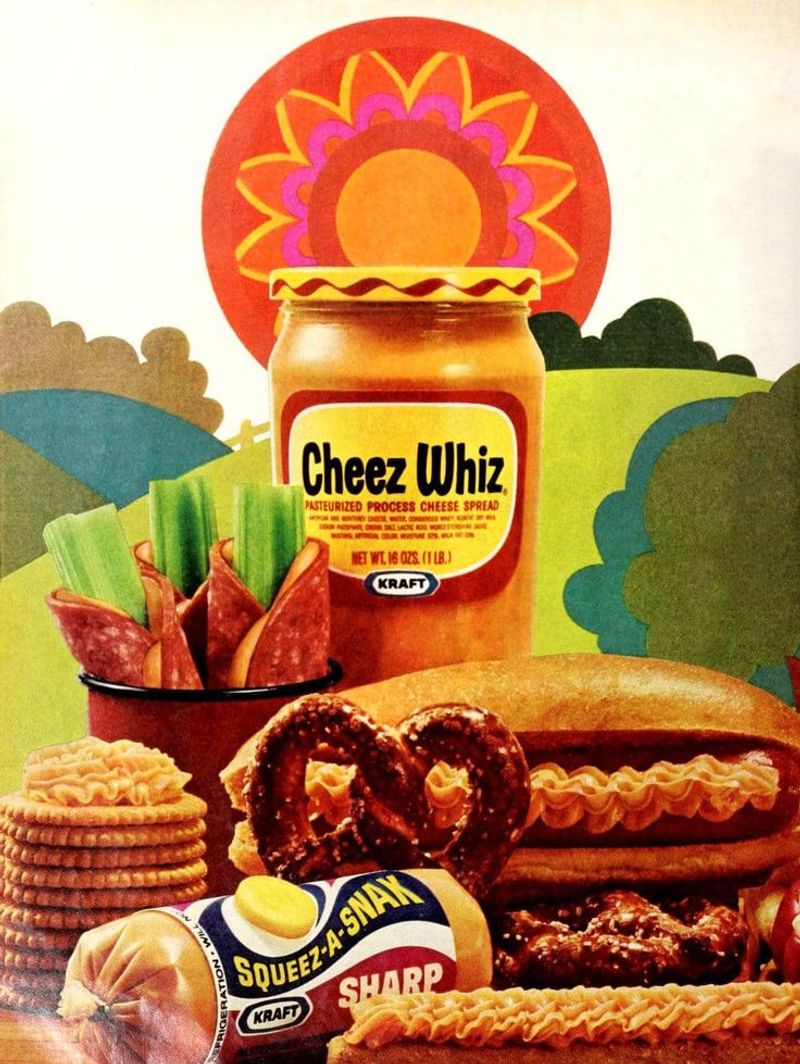
Artificial cheese spread was the indulgent delight of the ’70s, offering a quick and easy snack option. Spray cheese in a can or neon orange cheese logs packed with chemical stabilizers were commonplace. While convenient, these spreads were far from natural, loaded with additives that kept them shelf-stable.
These days, the focus on natural and minimally processed foods would make these cheese products a target for health advocates. The bright colors and long shelf life, once seen as advantages, now serve as reminders of the era’s less-than-natural approach to convenience.
9. Sugar-Cereal Overload
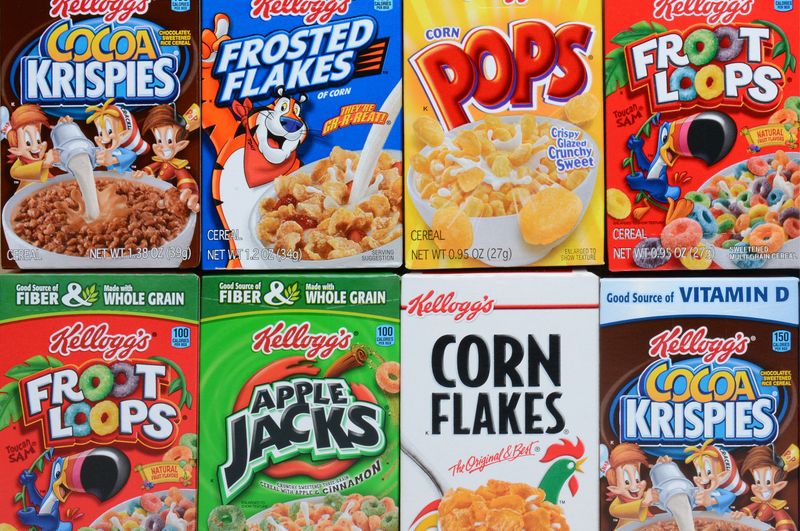
Breakfast in the ’70s often meant a sugary kickstart with cereals like Cap’n Crunch, Fruity Pebbles, and Count Chocula. These cereals were packed with more sugar than some candy bars, yet marketed as the ideal breakfast for kids. The bright colors and cartoon mascots made them irresistible to young ones.
Today, with a greater understanding of nutrition, such sugar-laden cereals face criticism for being unhealthy. The evolution of breakfast foods reflects a shift towards balanced nutrition, moving away from the sugar highs that once defined morning meals.
10. Hot Dogs with Everything

Hot dogs in the ’70s were a versatile ingredient, finding their way into casseroles, stuffed in bell peppers, and even skewered with pineapple. This food item, loved for its convenience, was often packed with nitrates and sodium.
While it was a staple at many a meal, modern food safety standards would likely raise concerns over its ingredients and nutritional value. Today’s emphasis on healthier, nitrate-free options marks a departure from the casual consumption of hot dogs in all their forms during the ’70s.
11. Raw Egg-Based Drinks (Think: Eggnog)

Raw egg-based drinks, like homemade eggnog, were a holiday tradition in the ’70s. Made without pasteurization, these drinks carried a risk of salmonella, though many enjoyed them without concern. The rich, creamy beverage was a festive favorite, despite the potential health risks.
Right now, food safety regulations require pasteurization, ensuring such treats are safe to consume. The shift towards safer food preparation reflects an increased awareness of health risks, transforming how these classic holiday beverages are made and enjoyed.
12. Butter-Flavored Microwave Popcorn (with Diacetyl)
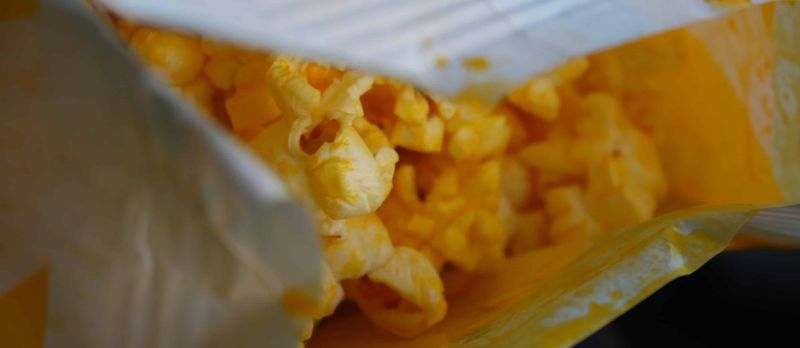
The allure of butter-flavored microwave popcorn in the ’70s was undeniable. That rich, ‘movie theater butter’ taste was achieved with diacetyl, a chemical linked to lung disease in workers. Though it enhanced the flavor, health risks associated with diacetyl have since led to restrictions.
The convenient snack that defined movie nights has evolved, with safer alternatives replacing the once-loved, buttery chemical concoction. This shift highlights the balance between flavor and safety, steering popcorn lovers towards healthier enjoyment.
13. Frozen Fish Sticks Made from Who-Knows-What
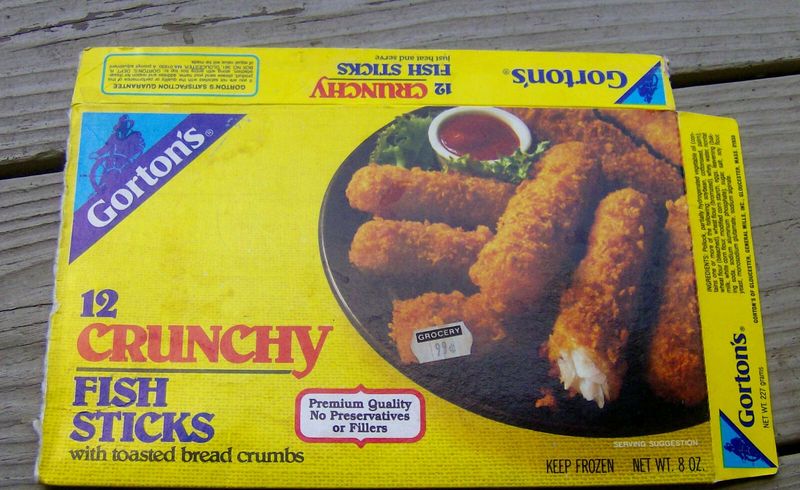
Frozen fish sticks were a convenient dinner option in the ’70s, but their ingredient list was often a mystery. Comprised of pressed fish scraps and fillers, they were far from the epitome of quality seafood. While easy to prepare, questions about sourcing and nutritional value would flag them today.
The trend towards sustainably sourced and responsibly processed foods marks a departure from this processed seafood staple. Modern consumers demand transparency and quality, leaving the mystery of ’70s fish sticks as a relic of the past.
14. Mayonnaise-Based “Salads”
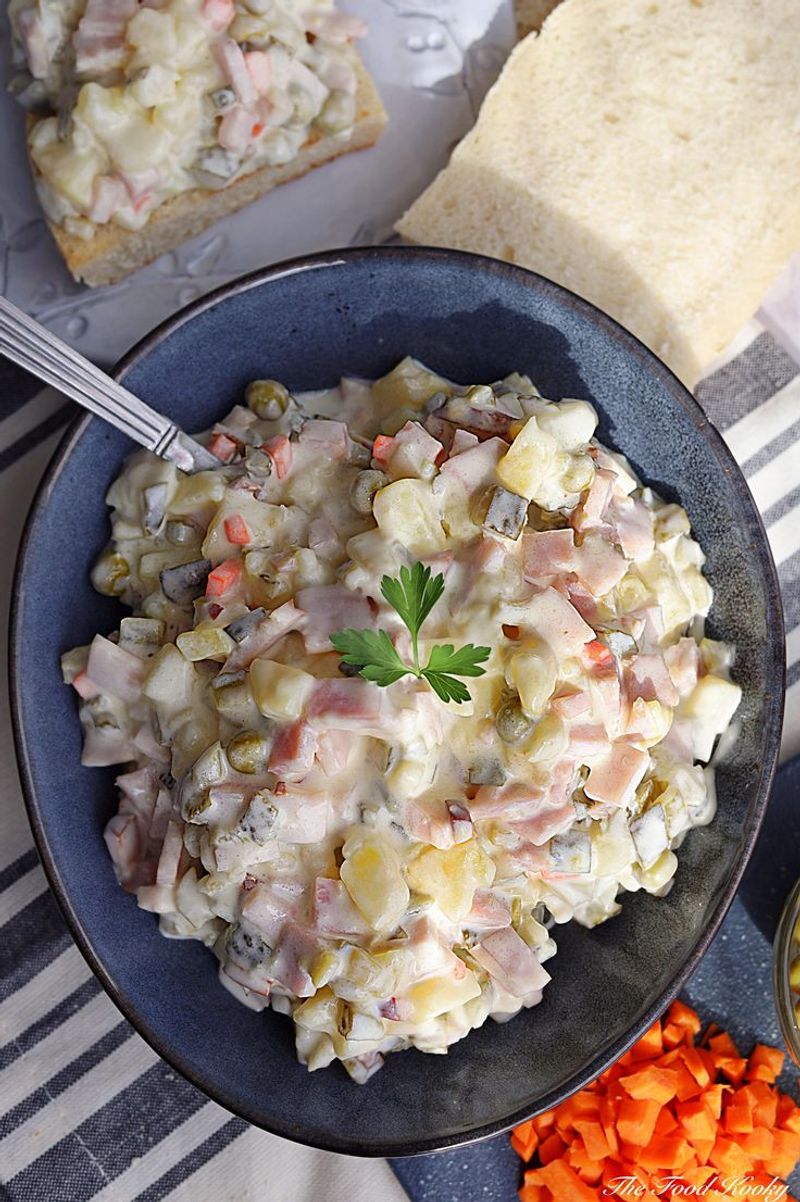
The ’70s were a time when mayonnaise was seemingly a key ingredient in every ‘salad.’ From ham salad to Jell-O salad, these dishes often featured globs of mayo in places it never quite belonged. While they were popular for their creamy textures, modern health guidelines would discourage such rich, calorie-laden creations.
The shift towards lighter, fresher salads marks a departure from these mayo-heavy concoctions, illustrating a broader change in dietary preferences and nutritional awareness.
15. Tab (AKA Liquid Aspartame)
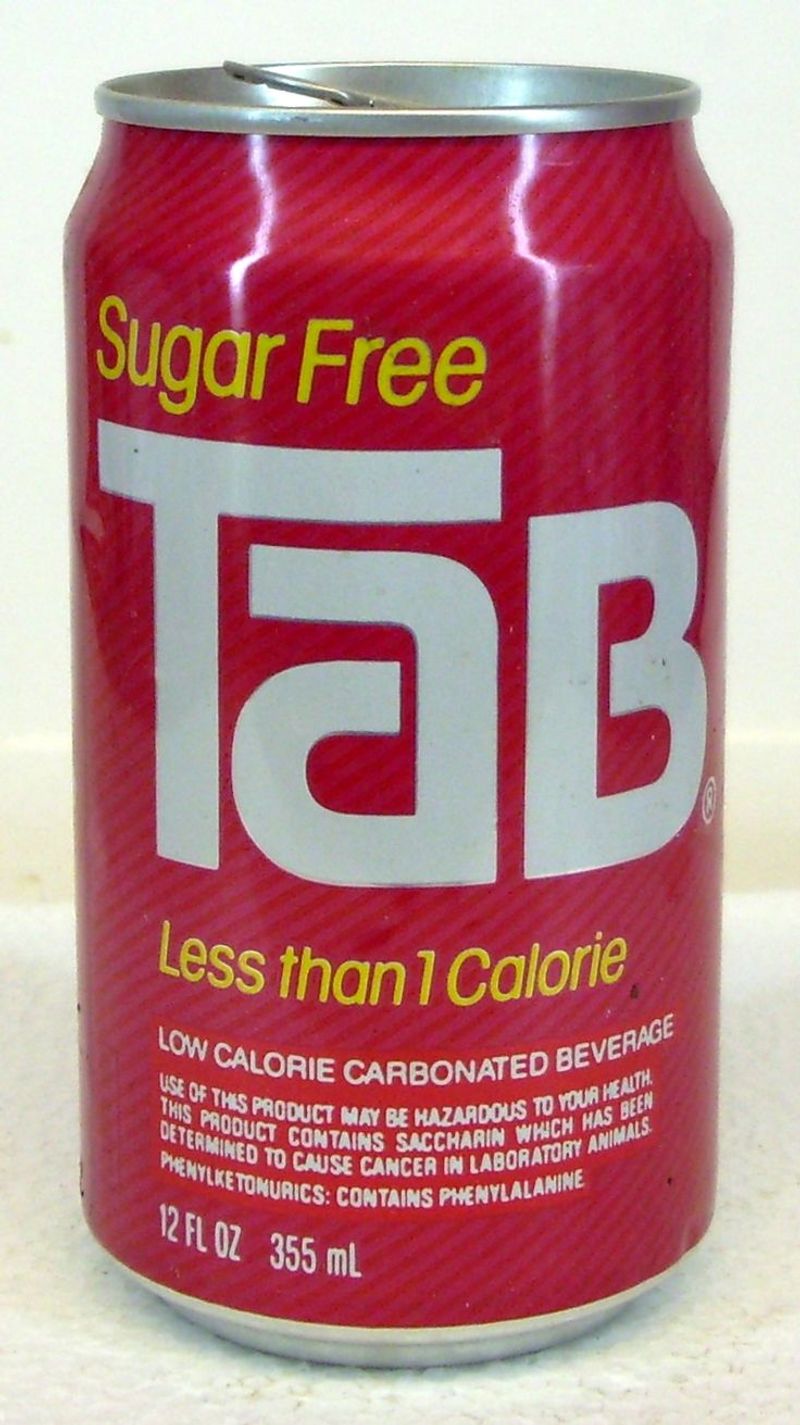
Tab, Coca-Cola’s first diet soda, became a cultural icon for weight-conscious boomers in the ’70s. Known for its saccharin and later aspartame content, it was the go-to drink for those looking to cut calories.
However, concerns over these artificial sweeteners have since raised questions about their health impacts. As consumer awareness around artificial additives grows, beverages like Tab serve as reminders of past dietary choices. The evolution of diet sodas reflects a broader trend towards natural ingredients and transparent labeling.


Comments
Loading…